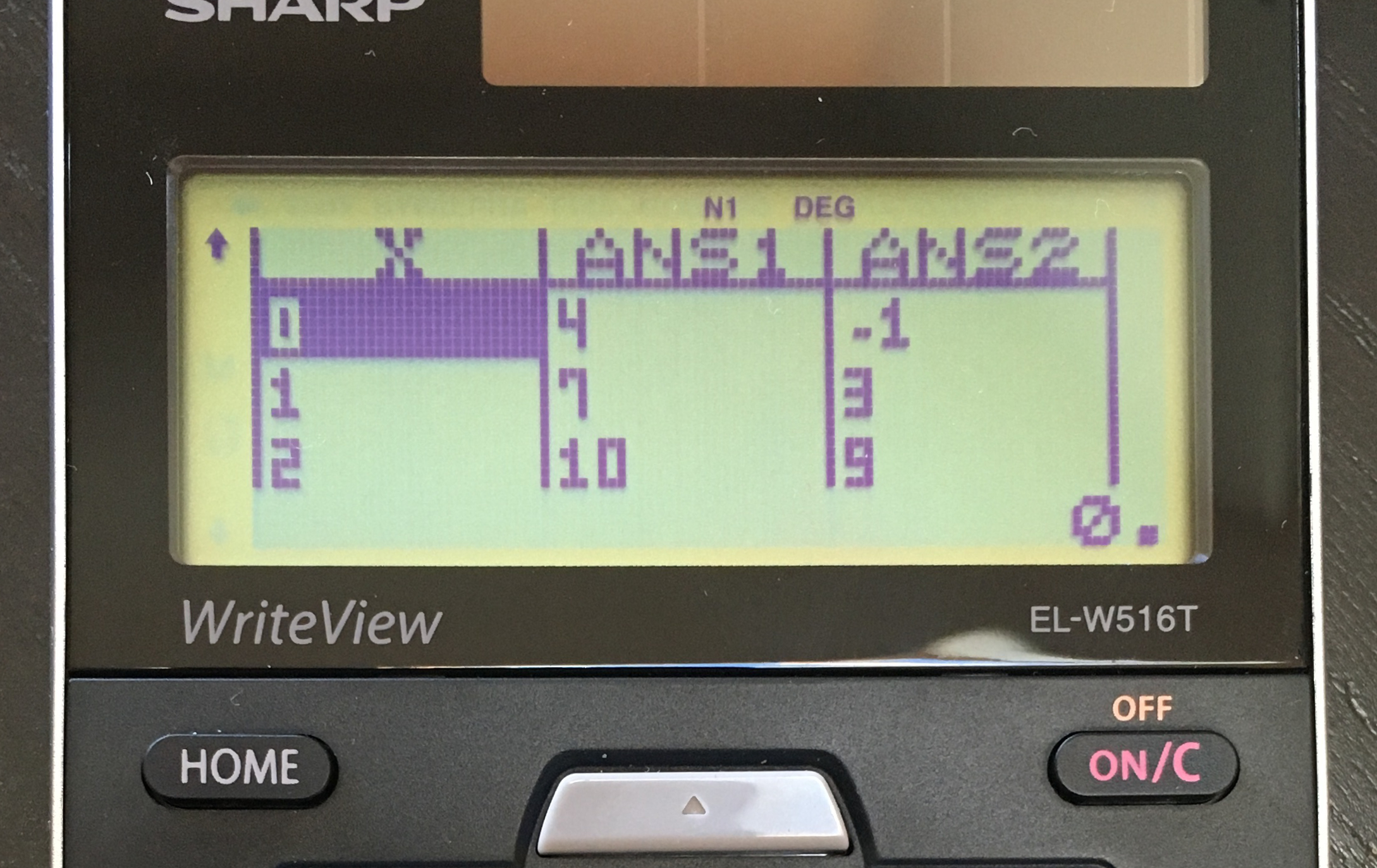
Students can use the Ratio Table Calculator to create ratio tables and then manually add the known ratio numerator and denominators into the ratio tables. Each set of ratio table templates can be printed or emailed for your reference to help set ratio table homework for your students. Math teachers can generate up to six separate ratio tables with random ratio numerators and denominators, these ratio tables include ratio tables with missing ratio values and the same ratio tables complete with answers to provide ratio table question and answer sheet templates. This ratio calculator is designed for teachers and students. For non-linear functions, the rate of change of a curve varies, and the derivative of a function at a given point is the rate of change of the function, represented by the slope of the line tangent to the curve at that point.The Ratio Table Calculator is a ratio calculator designed by iCalculator™ which allows you to generate ratio tables and find the missing ratio values within the ratio tables. While this is beyond the scope of this calculator, aside from its basic linear use, the concept of a slope is important in differential calculus. Given the points (3,4) and (6,8) find the slope of the line, the distance between the two points, and the angle of incline: m = Given two points, it is possible to find θ using the following equation: The above equation is the Pythagorean theorem at its root, where the hypotenuse d has already been solved for, and the other two sides of the triangle are determined by subtracting the two x and y values given by two points.

Table math calculator how to#
Refer to the Triangle Calculator for more detail on the Pythagorean theorem as well as how to calculate the angle of incline θ provided in the calculator above. Since Δx and Δy form a right triangle, it is possible to calculate d using the Pythagorean theorem. It can also be seen that Δx and Δy are line segments that form a right triangle with hypotenuse d, with d being the distance between the points (x 1, y 1) and (x 2, y 2). In the equation above, y 2 - y 1 = Δy, or vertical change, while x 2 - x 1 = Δx, or horizontal change, as shown in the graph provided. The slope is represented mathematically as: m = In the case of a road, the "rise" is the change in altitude, while the "run" is the difference in distance between two fixed points, as long as the distance for the measurement is not large enough that the earth's curvature should be considered as a factor. Slope is essentially the change in height over the change in horizontal distance, and is often referred to as "rise over run." It has applications in gradients in geography as well as civil engineering, such as the building of roads.

Slope, sometimes referred to as gradient in mathematics, is a number that measures the steepness and direction of a line, or a section of a line connecting two points, and is usually denoted by m.


 0 kommentar(er)
0 kommentar(er)
